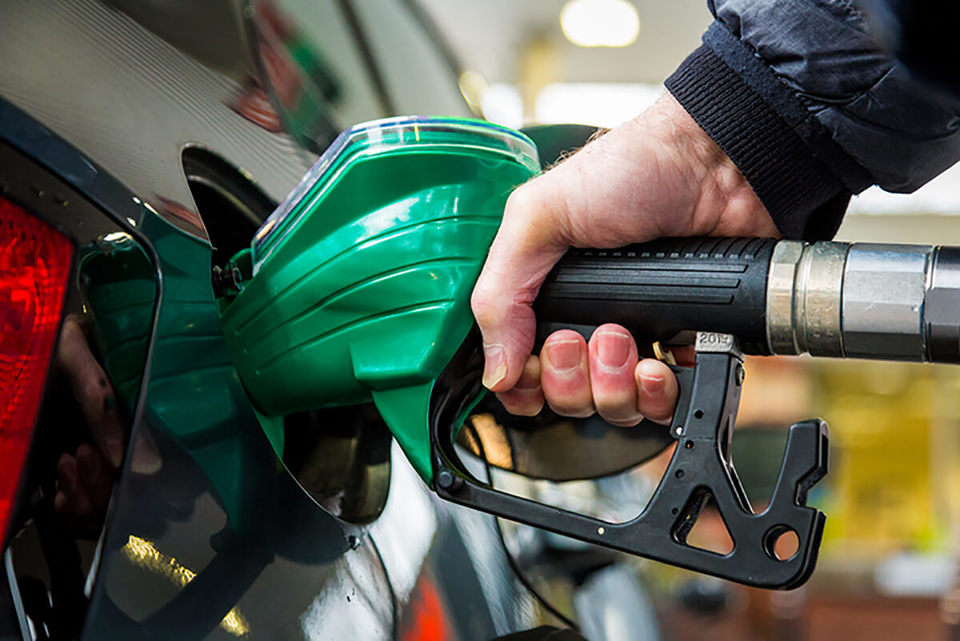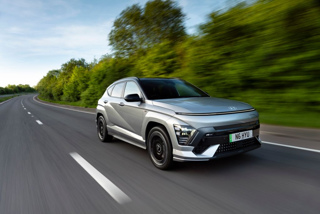The fuel shortage led to a rapid loss of control over fleet running costs, data from FleetCheck suggests.
With company car and van drivers often being forced to buy fuel where they could get it, employers were left to pick-up the bill.
Peter Golding, managing director of FleetCheck, explained: “Most well-managed fleets have fuel policies that are designed to minimise costs, for example by specifying certain types of outlet or using a fuel card, but those measures have very much gone out of the window and there has been a rapid loss of control.”
FleetCheck’s data, for example, shows that company car and van drivers have been buying fuel from motorway services, which would not have happened previously.
“Presumably, they’ve been unable to get petrol and diesel anywhere else,” said Golding. “It’s probably not an exaggeration to say that some fleets will have seen their pence per mile fuel costs increase by a 25% over the last year.”
FleetCheck last week issued a five-point guide to fleets designed to help them maximise fuel use while the crisis was underway.
Golding said: “The reaction we’ve had to this has been good. What we are seeing now is that the fuel crisis has become very regionalised.
“In some areas, it appears to be over while, in others, there is still queueing going on. Where shortages persist, fleets have been very receptive to this guidance.”
The five point plan is:
- Encourage more economical driving. Ask employees to drive smoothly by accelerating and braking gently, taking maximum notice of what is happening on the road ahead. Change up early and, as always, stick to the speed limit or lower – drive at 70mph and you’ll use up to 9% more fuel than at 60mph and up to 15% more than at 50mph, according to the AA.
- Explain to drivers how to prepare their vehicles. Some simple steps can have a positive impact on fuel consumption. Remove roofracks or other heavy items from vehicles that don’t need to be carried. Only use power-hungry devices such as air conditioning and rear window demisting when needed. Tyre pressures should checked as they can have a significant effect. Also, don’t leave the vehicle running before use.
- Measure your fuel use. A large number of fleets simply don't know how much fuel they use overall, per driver or per vehicle. The easiest way to put a monitoring system in place is to buy all petrol and diesel through specialist fuel cards. You can then access the data collected as software-generated reports.
- Analyse your fuel data. Fleet software provides the means to analyse the information you have gathered – enabling you to identify drivers and vehicles that are not achieving the kind of fuel consumption that you expect.
- Don’t be afraid to challenge employees. The single largest factor affecting fuel economy in the real world is driver behaviour. A disparity in fuel economy of more than 30% is not unusual between drivers in identical vehicles on similar routes. Let drivers know that they are being monitored, especially if you are using telematics, and talk to those who seem to be using excess fuel, and offer help and advice.






















Login to comment
Comments
No comments have been made yet.